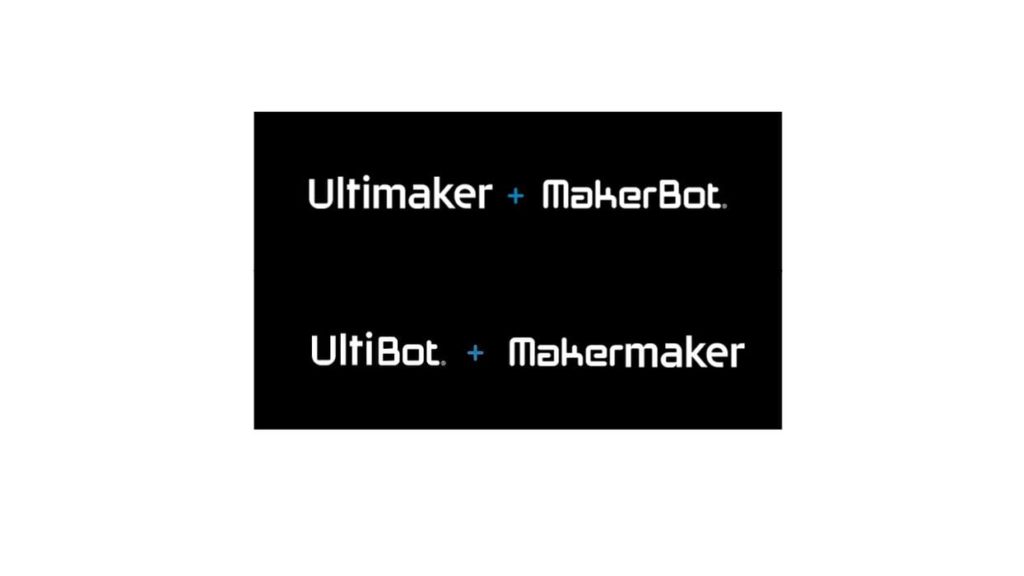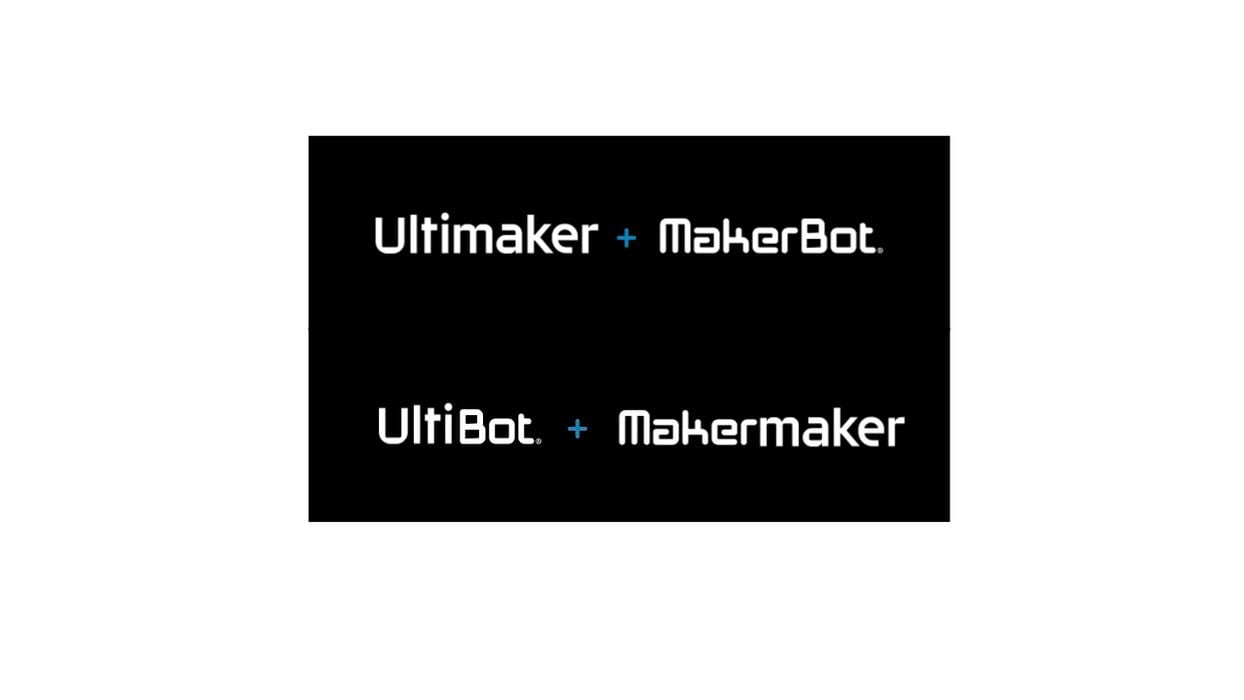
Some months ago it was announced that Ultimaker and MakerBot were getting together. But what would result?
Corporate mergers happen all the time, but inevitably there are consolidations, either in staff or products or both. At this point, these two companies haven’t really announced anything specific about their intentions, but surely there are some discussions underway behind the scenes.
While the two companies could continue to operate as independent units, there would have been no point to announce the intent to work together, so that’s not going to happen.
But what would happen? Would one company abandon their products so the joint entity could more efficiently supply them with a single solution?
I don’t think that’s in the cards either, because the solutions are different. I suspect the two companies will look at their technological assets and see how they can best combine the features to come up with something better than both are today. The result should be more than the sum of the parts, and that’s the reason for the arrangement.
But what are the technological advantages of each, and how could they be put together. Here’s what I think the advantages in play could be. I took a look at some complementary aspects of the companies previously.
MakerBot offers:
- A sophisticated cloud system (MakerBot CloudPrint)
- Workgroup capability
- High quality prints via closed loop machine design (METHODx)
- A variety of certified material types
- Some unique materials, like RapidRinse high temp soluble support material
- A massive database of 3D objects (Thingiverse)
- Many educational clients
- Learning academy
Ultimaker Offers
- A cloud system (Digital Factory)
- Workgroup capability
- Ability to 3D print a wide variety of engineering materials
- Learning academy
- Automated filament switching system
- A modest database of 3D objects (YouMagine)
- Many industrial clients
- Metal 3D printing option
- Powerful, universally recognized slicing system (Ultimaker Cura)
As you can see, there are many similarities, but also some differences. Let’s see how this could add up, by taking the best of both together.
We would end up with a system that:
- Includes a powerful 3D printer capable of using a wide variety of engineering materials, including metal, to produce very high quality output
- Includes an option to automatically switch materials during or between jobs
- Uses soluble support for complex geometry jobs
- Has a learning academy for educators and students, involving a massive single database of 3D objects
- Has a separate learning academy for professional and industrial operators
- Includes a sophisticated single cloud system for workgroups and offers remote monitoring and control capability
- Has a cloud system integrated with a very powerful slicing system
And on top of all that, they would have a double-sized sales and distribution network by leveraging both Ultimaker’s and MakerBot’s networks. More sales potential with better products, it sounds like a pretty good approach to me.
By unifying some of the products, the combined entity should be able to make more progress: techs have only one system to support and develop instead of two.
If that’s the goal, then the problem will be getting there. What I’ve proposed is new hardware — but using existing technologies. That will obviously take considerable time to develop, and we might only hear hints of it in coming months. More than likely we shouldn’t expect to see concrete announcements until later on next year — unless they’ve been working on something in the background before the merger announcement.
Whatever comes out will be of great interest to the 3D print community. Both companies are foundational elements of the space, and this merger should power that into the future.

